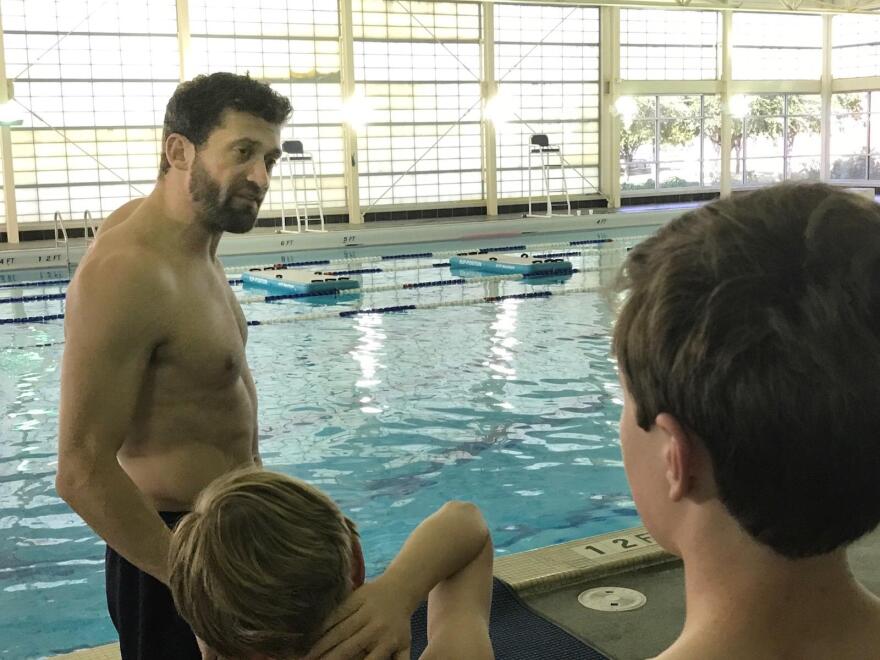Texas regularly leads the nation in drowning deaths, and this year is shaping up to be no different. At least 122 people have died from drowning in Texas this year, according to statistics kept by Swimming USA, and most of those deaths have happened since May 1.
Because the heat came early this year and scorching temperatures are setting new records, Texans have been flocking to pools, lakes and rivers for relief all summer. And there are many more blisteringly hot days to come.
But there are concrete ways to help reduce drownings, says James Fike of the Fort Worth Drowning Prevention Coalition. Swimming lessons are an important step toward preventing drowning, he says, but there’s no such thing as “drown-proofing.”
“Even a competitive swimmer can drown," Fike says. "That said, there are estimates that swim lessons reduce the risk of drowning by up to 88 percent in kids who are one to four years old.”
Swimming skills are not equally shared, and research shows lower-income kids and kids of color are more vulnerable to drowning because they are less likely to have strong swimming skills. According to a 2017 study, nearly 64 percent of African-American children, 45 percent of Hispanic children and 40 percent of Caucasian children have little or no swimming ability.
Also concerning, the study showed the vast majority — 87 percent — of kids lacking swimming skills expected to go swimming that summer.
Fike says drownings happen very quickly, and so there should always be someone charged with monitoring the swimming pool, even if there is a lifeguard on duty. It’s easy to be distracted, he says, especially in the age of cellphones.
“A text, a phone call, an email, it’s enough to distract us for those one or two minutes where something really bad could happen,” Fike says.
Everyone who isn’t a competent swimmer — whether they’re kids or adults — should use some kind off flotation device like a life jacket, Fike says. For kids especially, he says, those personal flotation devices should have a strap that goes under the crotch to make sure the child doesn’t slip out of it.
So far, 59 kids have died from drowning in Texas this year, according to the state Department of Family and Protective Services, which includes bathtub drownings as well.
But Fike warns that adults are at least as likely to drown as kids are. In many cases, alcohol is a contributing factor. And, he says, adults tend to overestimate their swimming abilities.
“We’re land mammals, we’re not water mammals,” Fike says. “It’s a totally different environment.”
Drowning deaths tend to get the most attention, Fike says, but far more common are near drownings. Researchers estimate there are between five to eight near drownings for every fatal drowning. The consequences, he says, range widely, including severe brain damage from lack of oxygen that requires lifelong round-the-clock care.
Fike says owners of backyard pools or apartment complexes that have pools should install fences around the pool and install a childproof lock on the gate.





